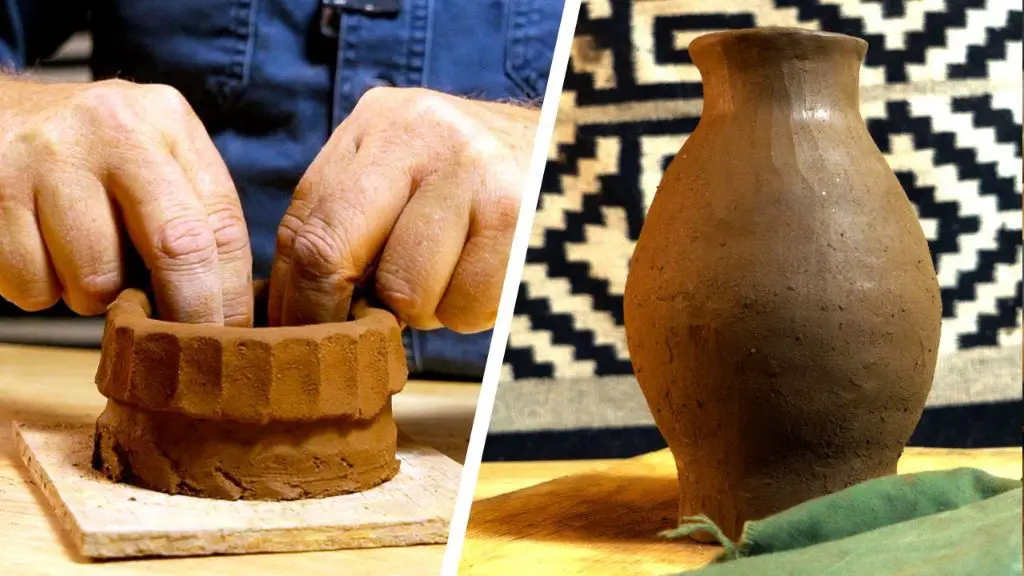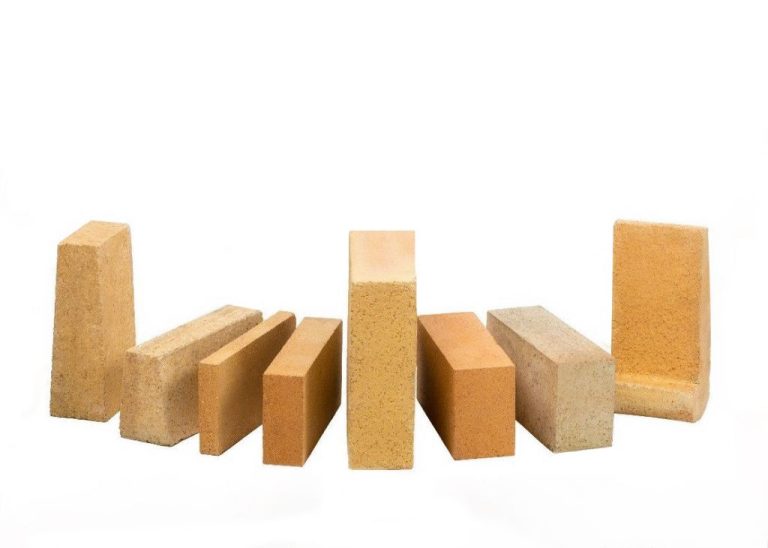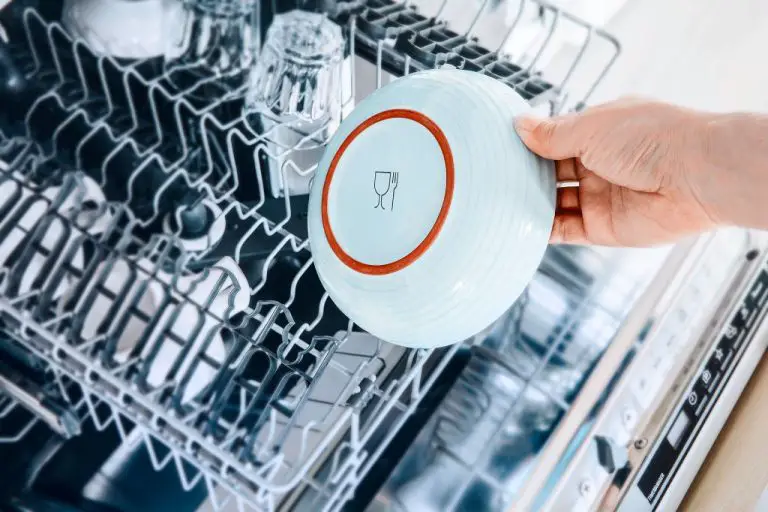What Can You Do In Ceramics?
History of Ceramics
The origins of ceramic art trace back thousands of years to ancient civilizations. Early humans discovered that clay could be dug from the ground and formed into objects by first mixing it with water and then firing it. Some of the earliest pottery vessels, dating back over 20,000 years, have been found in China. Other early evidence of ceramic usage includes alabaster vessels made in ancient Egypt as early as 4000 BCE and glazed earthenware pots and vessels from ancient Mesopotamia (ref: https://ceramics.org/about/what-are-engineered-ceramics-and-glass/brief-history-of-ceramics-and-glass/).
The creation and use of ceramics evolved across ancient civilizations as pottery techniques improved. Firing techniques advanced from basic firing in open bonfires to more controlled kiln firing methods. Glazes were developed to create waterproof ceramic items. Different styles of ceramic artwork also emerged – for example, the ancient Greeks were renowned for their iconic black and red figure pottery painting. The wheel was invented for throwing pots rather than hand shaping. (ref: https://depts.washington.edu/matseed/mse_resources/Webpage/Ceramics/ceramichistory.htm).
In modern times, new technologies have led to innovations like 3D printing capabilities for ceramics. Contemporary ceramic artists have greatly expanded the possibilities of the medium, from life-like sculptural works to bold abstract designs. Ceramics continues to evolve and provide creative possibilities across both functional and artistic disciplines.
Types of Ceramics
There are three main types of ceramic clay bodies – earthenware, stoneware, and porcelain. Each type has different properties and characteristics based on their composition and firing process.
Earthenware
Earthenware is made from clay containing large amounts of minerals like iron and calcium. It fires at lower temperatures, between 1000°F-2200°F. The porous nature of earthenware makes it less durable than stoneware or porcelain. Common uses include flower pots, tiles, and decorative pieces. Some advantages of earthenware are that it’s easy to work with and suitable for large sculptures due to low shrinkage.
Source: https://www.thecrucible.org/guides/ceramics/
Stoneware
Stoneware contains particles like feldspar that vitrify and become glassy, making it less porous than earthenware. It fires between 2200°F-2400°F. The denser body makes stoneware stronger and more durable. It resists chipping and can hold water without leaking. Common uses are crockery, jugs, and tile. Stoneware has a smooth texture and can feature decorative glazes.
Source: https://farandaway.co/blogs/the-artisan/types-of-ceramics
Porcelain
Porcelain contains kaolin clay that gives it a white color when fired. It fires between 2300°F-2600°F achieving non-porosity and translucency. Porcelain is the strongest ceramic material, highly resistant to chipping and staining. It creates delicate, refined pieces like tableware, sanitaryware, electrical insulators and dental products. The high shrinkage of porcelain can make large sculptures challenging.
Source: https://www.xometry.com/resources/materials/ceramics/
Ceramic Techniques
Pottery and ceramic art utilize various techniques to shape and decorate clay. Some of the main techniques in working with clay include:
Handbuilding
Handbuilding involves shaping clay by hand without the use of a pottery wheel. There are several handbuilding techniques:
- Pinching – Pinching is likely the earliest and most basic handbuilding technique, where clay is pinched and pulled into the desired shape using the fingers and thumbs.
- Coil – With the coil technique, ropes or coils of clay are stacked and joined together to build up the piece. Coiling allows creating unique asymmetrical forms.
- Slab – Slab building is creating flat “slabs” of clay that can be cut, joined and shaped as needed. Intricate shapes and textures can be achieved.
Handbuilding allows creativity and custom shapes not possible on the wheel. Complex forms can be made joining different techniques. Learn Some Basic Pottery Techniques

Wheel Throwing
Wheel throwing involves shaping clay on a rotating pottery wheel. The centrifugal force and spinning helps shape and raise the walls evenly. Wheel throwing requires practice but allows smoothly creating round symmetrical forms like bowls, vases, cups, and pitchers. Skilled potters can make challenging asymmetrical shapes on the wheel as well.
Molding and Casting
Molding involves taking an original model and creating a clay mold around it to be reused. Liquid clay is poured into the mold and allowed to harden to create an exact copy of the original shape. This allows efficiently reproducing complex forms. Casting can also be used with non-clay materials like plaster or metal by taking molds off finished ceramic pieces.
Decorating and Glazing
There are many different techniques for decorating ceramics to create beautiful and unique effects. Two of the most common methods are glazing and using colored slips.
Glazes are glass-like coatings that are applied to bisqueware pottery before firing. According to Ceramic Arts Network, there are many types of glazes to choose from including crystalline, satin matte, and high gloss [1]. Glazes can be applied by brushing, dipping, pouring or spraying. Multiple layers and colors can be used to create complex patterns and designs.
Underglazes are ceramic colors that are applied to greenware or bisque pottery before glazing. They are more vibrant than glazes and will show through transparent glazes. Overglazes are used on top of a fired glaze and are often metallic colors like gold, silver or copper [2].
Some other popular decorating techniques include sgraffito, staining, etching and lustres. Sgraffito involves scratching through a layer of colored slip to reveal the clay color underneath. Staining uses colored slips, underglazes or overglazes to create flows, spots and pools of color. Etching uses acids or caustics to cut into the clay surface for a distressed look. Lustres create an iridescent metallic shine when fired onto the glazed surface.
Firing and Kilns
Firing ceramics is a critical part of the process to permanently harden and finish clay work. There are two main types of firings in ceramics – bisque firing and glaze firing.
Bisque firing refers to the first firing of unfired clay or greenware. This initial firing hardens and prepares the clay before applying glazes. Bisque firing typically takes place between 1600-2100°F. The clay vitrifies and becomes ceramic but is still porous and able to accept glazes.[1]
Glaze firing is the second firing after bisque firing and glazing. This firing melts the glazes on top of the bisqueware clay body, creating a glassy coating. Glaze firing usually occurs between 2200-2400°F depending on the glaze.[2]
There are several types of kilns used for firing ceramics:
- Electric kilns – The most common and convenient type, electric kilns use heating elements to reach desired temperatures.
- Gas kilns – Fueled by propane or natural gas, these kilns allow more control over firing.
- Raku kilns – Small, portable kilns used for raku firing at lower temperatures.
- Pit/sagger firing – Burying pots in sawdust pits for low-tech firing effects.
Proper firing schedules and atmosphere are critical for successful results. Factors like ramp speeds, temperature holds, and venting affect the final ceramic piece. Firing clay takes patience and practice to master.
Functional Ceramics
Functional ceramics refer to pottery and ceramic objects that are designed for practical use, rather than just decorative purposes. Some of the most common types of functional ceramics include tableware, cookware, and tiles.
When creating functional ceramic pieces, there are a few important considerations. The ceramics need to be durable and withstand repeated use and contact with food and liquids. Glazes used on functional ware must be food-safe and free of lead and other toxic materials. The clay body also needs to be sturdy and nonporous to prevent bacteria growth.
Popular clays for functional ceramics are stoneware and porcelain due to their strength, durability, and low porosity. Pieces are usually fired to high temperatures (over 2200°F) to vitrify the clay and make it impermeable. Standard glazes for functional ware include clear glazes, satin matte glazes, and colored glazes that complement the design and form of the ceramic piece. Functional ceramics artists focus on balancing both aesthetics and utility in their work.
In terms of specific functional ceramic types, tableware includes plates, bowls, mugs, and serveware used for dining. Cookware encompasses baking dishes, casserole dishes, pie plates, and tagines. Tiles are used to cover surfaces like floors, walls, countertops, and fireplaces, valued for their durability, ease of cleaning, and design. With proper material selection and firing, functional ceramics are both beautiful and extremely practical for everyday use.
Sculptural Ceramics
Ceramics can be sculpted and shaped into a wide range of three-dimensional artworks beyond functional pottery. Sculptural ceramics allow for tremendous creative expression through diverse techniques.
Some common forms of sculptural ceramics include:
- Freestanding sculpture – Sculptures that are designed to be viewed from all sides, like a statue. These are fully three-dimensional works that stand on their own.
- Installation art – Ceramic sculptures designed to transform a space, interact with their environment, or convey an artistic vision when installed in a specific setting.
- Bas relief – Sculptural works that project slightly from a flat background. The depth of bas relief is shallow compared to a freestanding sculpture.
Clay enables tremendous flexibility for sculpting intricate shapes, textures, and forms. Ceramicists use a variety of handbuilding techniques for sculpture, such as pinch pots, coils, slabs, extruding, and modeling.
Famous ceramic sculptors include Peter Voulkos, who pushed the boundaries of abstract expressionism in clay (https://www.pinterest.com/elizshriver/ceramic-sculpture/), and Viola Frey, known for her larger-than-life figurative sculptures (https://www.etsy.com/market/ceramic_sculpture).
With the right skills, clay can be transformed into diverse sculptural artworks to delight and inspire.
Ceramics in Architecture
Ceramics have been an integral decorative and functional component of architecture for millennia. From ancient terracotta statues to elaborate tile facades, ceramics provide beauty, durability, color, and expression in building design.
Tilework is one of the most common architectural uses of ceramics. Intricate patterns and mosaics of glazed tiles have decorated the walls and floors of structures across the globe, from Moorish palaces in Spain to Victorian subway stations in England. Geometric tile motifs are an iconic part of Islamic architecture, while elaborate narrative tile murals developed in the Ottoman empire and medieval Persia.Ceramic Architectures
Terracotta, made from fired earthenware clay, has been utilized structurally in architecture since ancient Mesopotamian times. Its durability and weather-resistance made it ideal for sculptural flourishes like reliefs, statues, and columns on the exteriors of buildings. Terracotta ornamentation graced temples and public buildings in ancient Greece and Rome, and experienced a 19th century revival with the elaborate terracotta facades of Victorian Gothic Revival structures. The thermal mass properties of terracotta also make it beneficial for energy efficiency in buildings.Transforming Clay Into Structure
Mosaic, composed of small pieces of tile, glass, or stone, has been used to decorate architectural surfaces and objects for thousands of years. Roman mosaics depicted detailed scenes of mythology, nature, and daily life. Byzantine churches showcase mosaic religious figures and symbols in gold and glass. Architect Antoni Gaudí brought a new dynamism to mosaic with his curving, sensuous tile designs in Barcelona, while 20th century mosaics incorporated modern abstractions.
Ceramics as Art
Ceramics have a long history as an art form, with evidence of ceramic art from prehistoric times. Ceramics allow artists to work with colorful glazes and textures while sculpting unique shapes and forms.
Some notable ceramic artists include Pablo Picasso, who created over 6000 pieces of ceramic art ranging from plates to vases and figurines [1]. Contemporary ceramic artists like Peter Voulkos pushed the boundaries of traditional pottery and helped establish ceramics as a fine art form. Other influential ceramic artists include Bernard Leach, Shoji Hamada, Ruth Duckworth, and Beatrice Wood.
Today, ceramic art is displayed in major art museums and galleries around the world. The Metropolitan Museum of Art in New York has an extensive collection of ceramic art including Chinese porcelains and contemporary pieces. The Victoria and Albert Museum in London also has galleries dedicated to historic and contemporary ceramic art. Many galleries represent current ceramic artists, showing functional pottery, sculpture, and installation art in clay.
Contemporary trends include incorporating new materials like metals or plastics into clay work. Some artists are using digital technology like 3D printing or laser cutting to create more precise, intricate ceramic art. Others are addressing social issues through politically-charged ceramic sculpture or graffiti-inspired surface designs.
Getting Started with Ceramics
Getting started with ceramics can seem daunting at first, but with some basic supplies and tools you can begin exploring handbuilding and wheel throwing techniques right at home. Here’s an overview of the essentials you’ll need:
Supplies and Tools
Clay – Pottery clay is the main material for any ceramics project. Choose an air-dry clay, polymer clay or firing clay depending on your goals. Purchase quality clay from a specialty store, as hardware store varieties often have impurities that cause cracking (The Little Pot Company).
Craft knife – For cutting clay and other tasks. Opt for one with a rounded blade to avoid scratching the clay surface.
Ribbon tool – This flexible metal tool is essential for smoothing clay surfaces and edges.
Cutting wire – Strong nylon or steel wire makes clean cuts through clay.
Sponge – Keep one damp to smooth clay and keep surfaces moist.
Rolling pin – Roll out clay to an even thickness for handbuilding. An acrylic one won’t stick to the clay.
Texture tools – From combs to mesh, add interest by imprinting patterns into the clay surface.
Techniques to Learn
Handbuilding – Sculpt geometric or freeform pieces by pinching, coiling, and slab rolling clay.
Wheel throwing – Use a pottery wheel to shape symmetrical rounded objects like vases, bowls, mugs.
Surface decoration – From carving to slip trailing, embellish bisqueware before glazing and firing.
Ceramic Classes and Workshops
Consider taking a class at a local ceramic studio or arts center, often offered for beginners. Learn fundamentals from an experienced instructor in a fully equipped studio. Community classes provide a chance to meet fellow ceramic artists and share inspiration (The Pottery Wheel).



